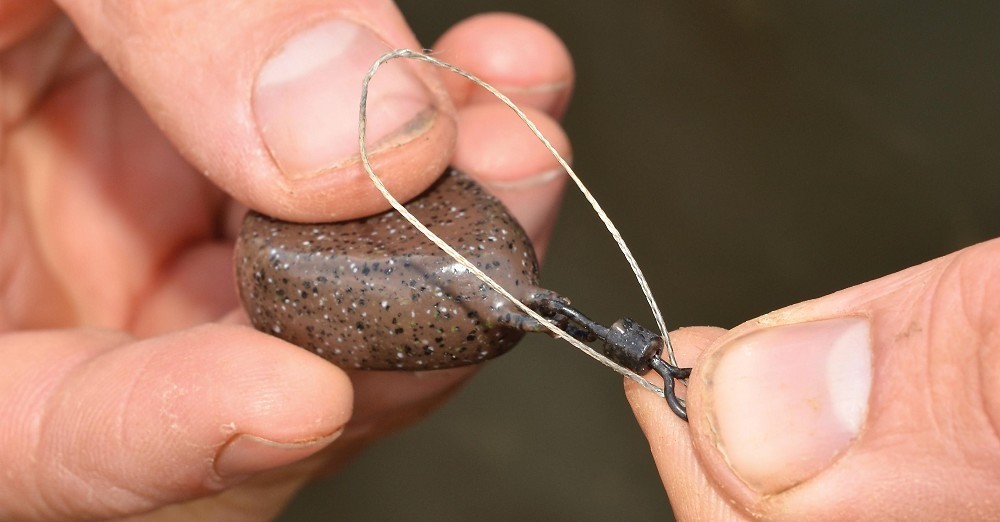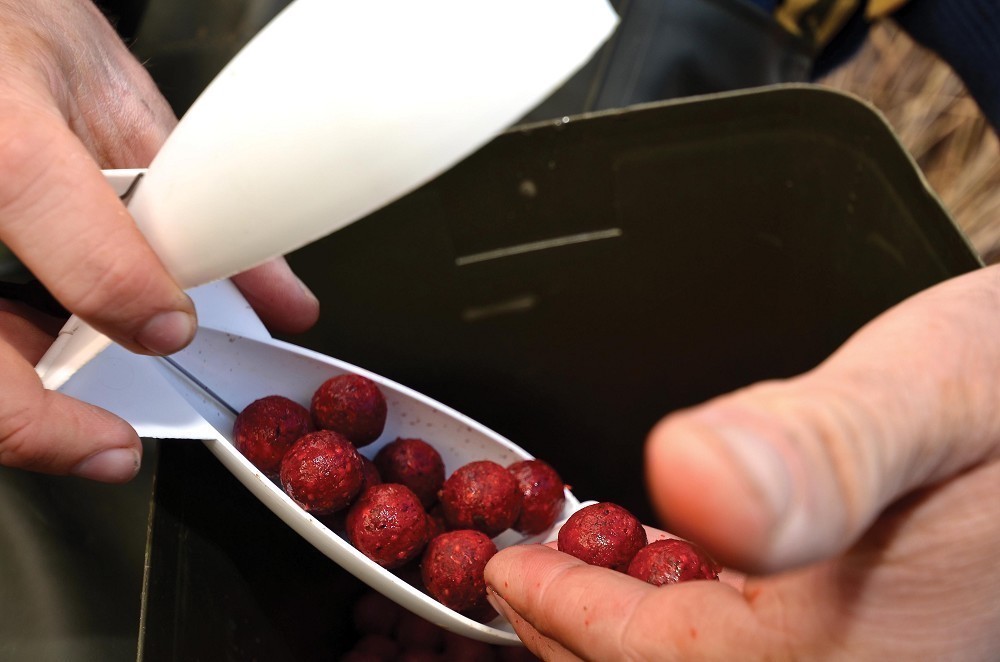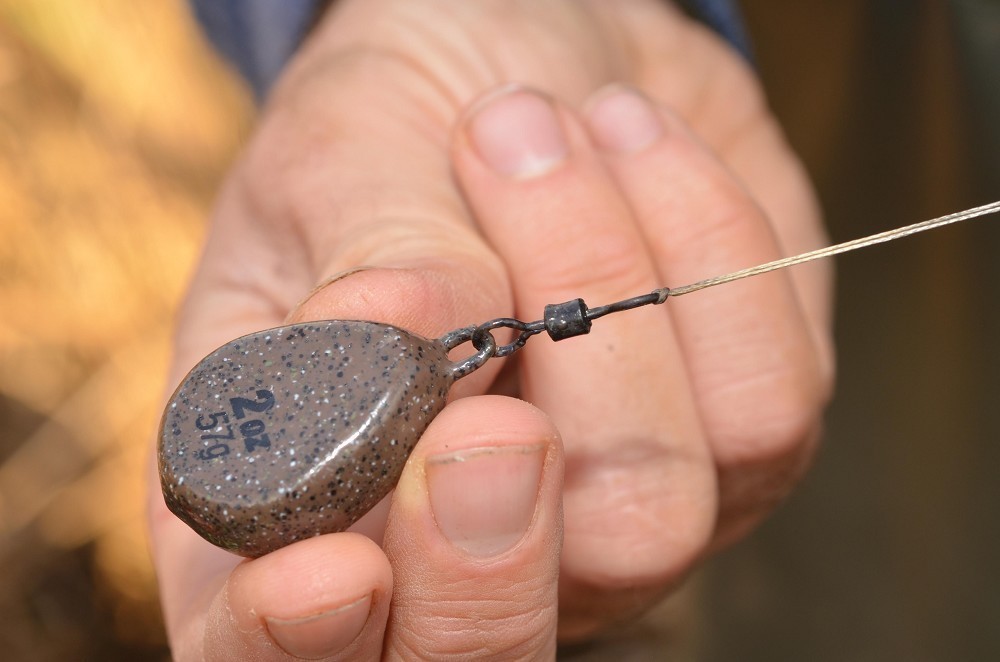
6 steps to getting the most out of braid
Six bite-sized pieces of braid know-how to ensure you get the most from it
1. Don’t spool up wet!
Okay, it’s going against your instincts but hear us out. Because braid can take water on, it swells when soaked. Once dry, it’ll shrink back and you’ll be left with a spool filled with braid that’s not even tightly wound on and can even spin on the spool!
2. Use your fishing rods to bait up too
Use braid’s zero-stretch to ensure that your bait and rigs land on EXACTLY the same spot. Tie an Overhand Loop in the end of your braid, loop on a lead to feel for spots, and then substitute it for a Spomb when you want to bait up. Finally, loop your rig on, safe in the knowledge that you’ll be presented right on your bait.
3. Homemade camo
All braids lose colour over time in the water. The tough fibres don’t keep dye so well, but it’s still absolutely fine to use. To make sure that you keep your end tackle as subtle as possible, use a felt-tip pen to fleck up the faded section.
4. Try a fluorocarbon leader
Many braid users prefer to add a fluorocarbon leader to the end of their braid. Not only is the fluorocarbon nigh-on invisible in the water, it also sinks well and serves as a buffer, thanks to it’s slight stretchiness, to make those fights less tense!
5. Give it plenty of time
Assuming that you’re using a sinking braid, keep paying off braid once you’ve cast out, so that it can sink down and hug the lakebed. It’s best to give the braid at least half an hour to settle and keep slackening off as it tightens up. Once it’s stopped tightening, that’s it, your main line is hidden!
6. Set your clutch correctly!
You’ve got less time to react when a carp charges off close to the bank, thanks to braid’s lack of stretch. So, make sure that your clutch is set to give line before disaster strikes, and softer rods can help cushion those hook holds close in. If you are using broom handles for range, then be careful!





